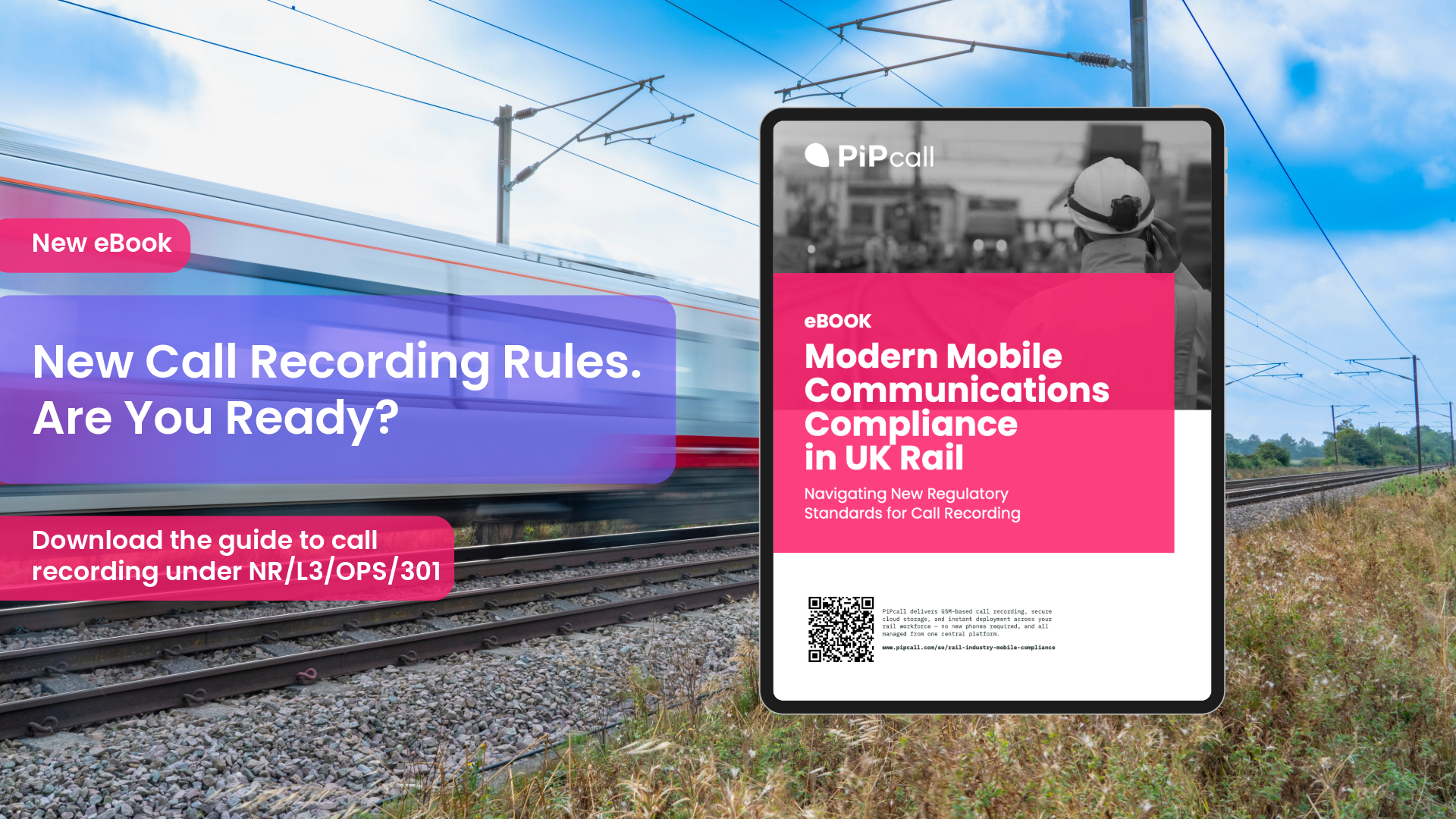When considering the integration of eSIMs with Mobile Device Management (MDM) solutions, there are several key questions IT teams in the UK need to answer before deciding whether this technology is the right fit for their organisation. These questions can help ensure the integration meets both the current and future needs of the business, and that the deployment runs smoothly.
The critical questions to ask when integrating eSIMs with an MDM solution
1. Does the MDM Solution Support eSIM Management?
Before integrating eSIMs with your MDM platform, it’s important to confirm whether the chosen MDM system supports eSIM management. Not all MDM solutions are fully equipped to handle eSIM profiles. Look for platforms that can provision, activate, and manage eSIMs remotely. Some popular MDM providers like Microsoft Intune and Jamf Pro have started offering this functionality, but it’s vital to check that your current or prospective MDM supports it. Ensuring this alignment prevents future incompatibility issues and operational inefficiencies.
2. How Seamlessly Will eSIM Integration Work with Existing Systems?
Many organisations already have robust MDM platforms in place. One key question is whether the integration of eSIM technology will work smoothly with your existing workflows and systems. Does the MDM solution integrate well with other security and application management platforms in use? Ideally, the eSIM should function as part of your existing mobile management strategy without requiring significant adjustments to current processes or software. It’s worth exploring if the MDM offers batch provisioning of eSIMs, which allows IT teams to handle multiple device activations at once.
3. What Level of Control and Customisation Does the MDM Provide?
The level of customisation available in an MDM platform is crucial when managing eSIMs. Does the MDM allow you to assign, revoke, or switch eSIM profiles as needed, and how easily can these changes be made? IT teams must also consider whether they can implement company-specific policies, such as data limits, remote wipe capabilities, or app restrictions, through the eSIM interface. Flexibility is key, as the requirements for managing mobile devices might vary between departments or teams.
{{blog-cta-01}}
4. What Are the Security and Compliance Implications?
Security is always a top concern when deploying any mobile technology. How will the integration of eSIMs with your MDM impact your organisation’s security posture? Will the MDM platform allow you to remotely disable eSIM profiles in the case of a lost or stolen device? Additionally, compliance with data regulations such as GDPR is essential, so IT managers must ensure that eSIM provisioning and management are fully aligned with these standards. Strong encryption, secure profile management, and clear visibility into device activity are features that should be non-negotiable.
5. Is Global Support for eSIMs Available?
For businesses with employees who travel frequently or have teams in multiple countries, global eSIM support is an important consideration. Does your MDM platform allow easy switching between international networks, or are there limitations based on geographical regions? Some MDM providers offer real-time solutions that sync with mobile operator systems to manage international subscriptions and roaming profiles seamlessly, while others may have more limited support in this area.
6. What is the Total Cost of Ownership (TCO) and ROI?
Finally, it’s critical to consider the cost implications of integrating eSIMs with your MDM for business eSIM management. While eSIMs can reduce logistics costs and simplify device management, there could be additional costs associated with MDM licensing, operator agreements, and technical support for eSIM deployment. Will the total cost of ownership (TCO) justify the operational benefits? Evaluate whether eSIM technology, combined with MDM, will bring measurable returns on investment (ROI) through streamlined management, reduced downtime, or enhanced security.
Weigh up the benefits with the Implications
By answering these questions, IT teams can make more informed decisions about integrating eSIM technology with their MDM platforms. While the benefits of combining eSIMs with MDM include flexibility, reduced costs, and enhanced security, careful consideration of the compatibility, control, and overall cost is essential for ensuring a successful implementation.



.png)


